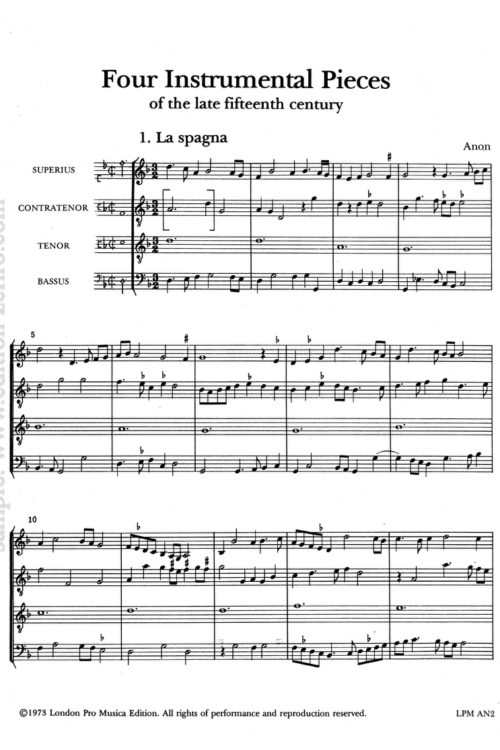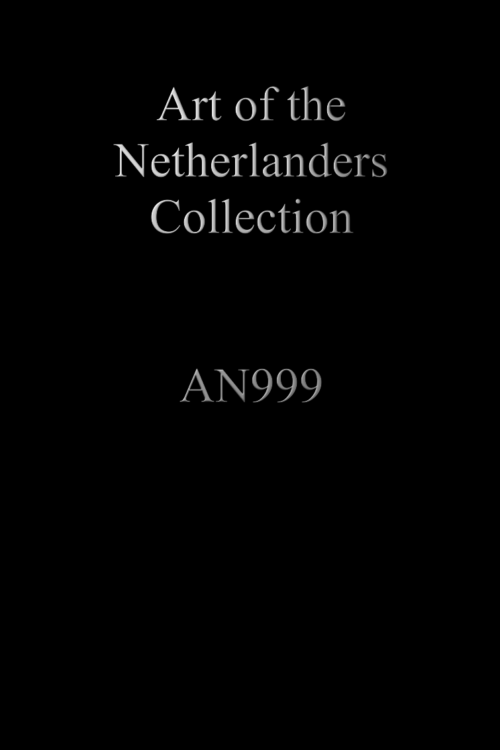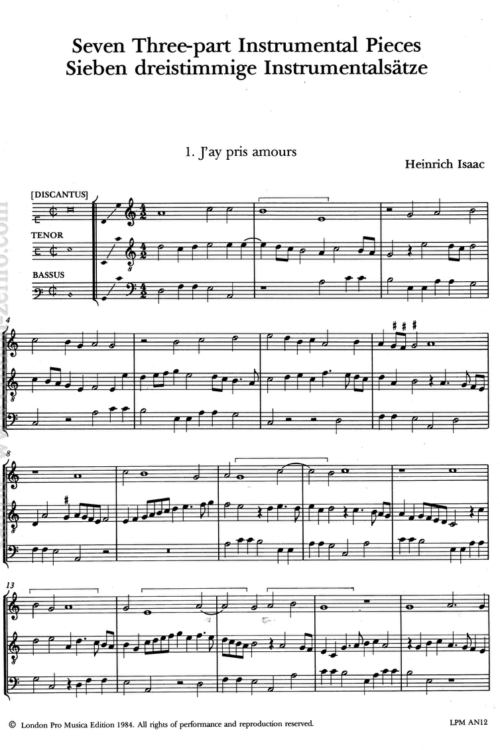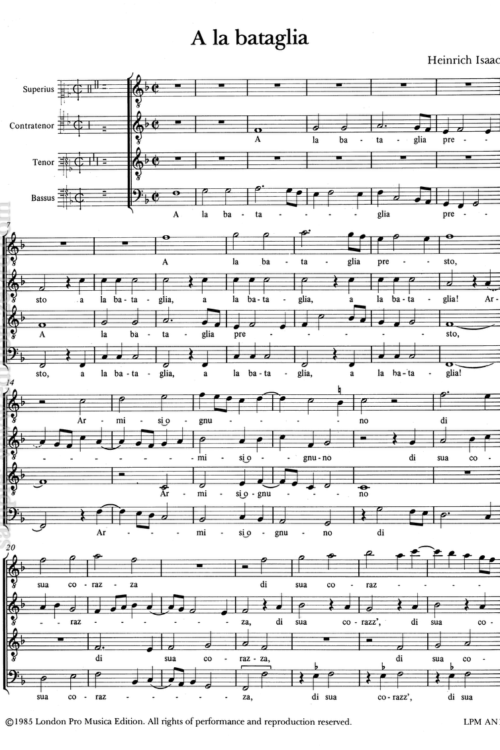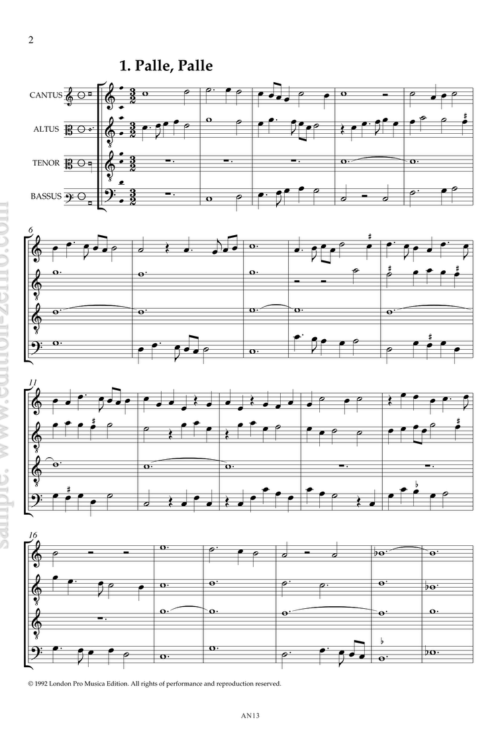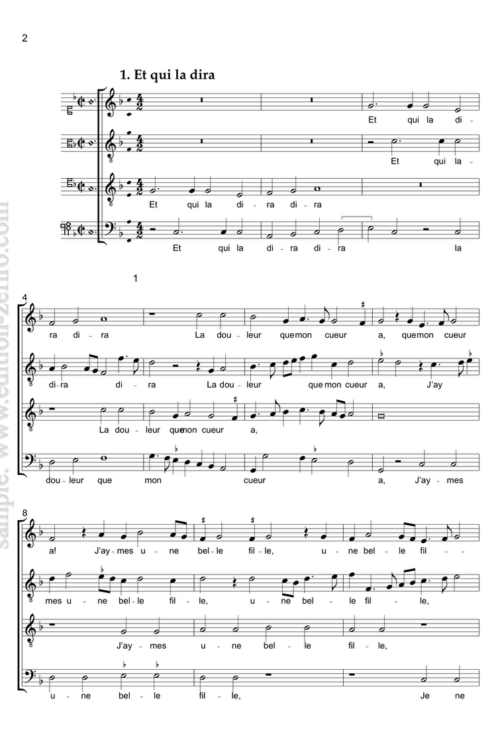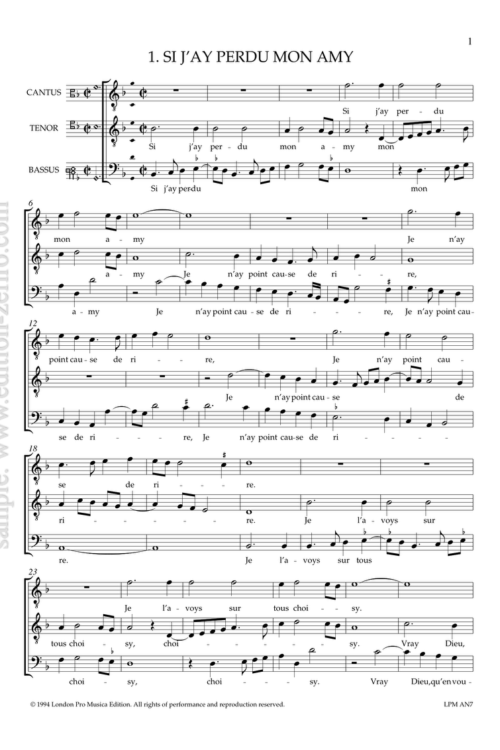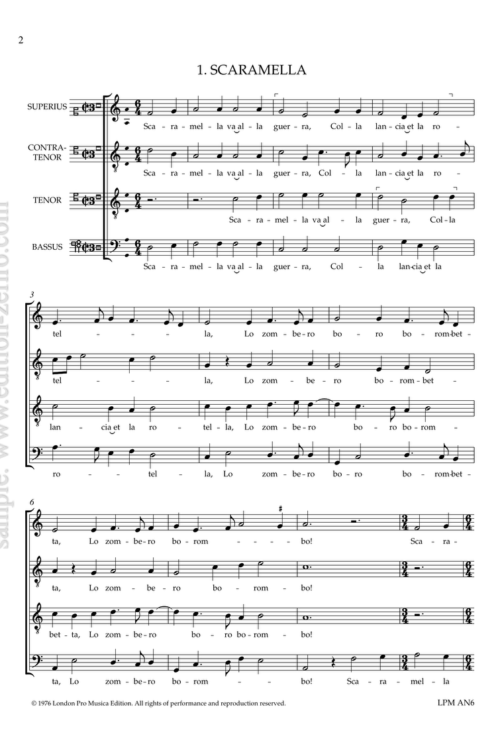Come On In
The Art of the Netherlanders
Several generations of Renaissance composers from the “Low Countries” (present-day Northern France, Belgium and the Southern Netherlands) are grouped under “Franco-Flemish School”. Most of these musicians were born in the thriving Burgundian provinces of Artois, Flanders, Brabant, Hainaut, or Limburg. Others were born in Northern and Southern France, like Guillaume Faugues, Simone de Bonefont and Antoine Brumel.
During periods of political and economic stability, the courts of the Burgundian dukes were a centre of cultural activity in Europe.
Franco-Flemish composers had their origins in ecclesiastical choir schools such as at the cathedrals and collegiate churches of Saint-Quentin, Arras, Valenciennes, Douai, Bourges, Liège, Tournai, Cambrai, Mons, Antwerp, Bruges, and Ghent. Numerous musicians establish themselves in French court or moved to the European courts in Italy where they were called “I fiamminghi” or Oltremontani (“those from over the Alps”) and Spain—notably in the Flemish chapel (capilla flamenca) of the Habsburgs, or to towns in Germany, and other parts of Europe—Poland, the Czech lands, Austria, Hungary, England, Sweden, Denmark, Saxony—carrying their styles with them.
By the end of the sixteenth century the focal point of the Western musical world had moved from the Low Countries to Italy.


